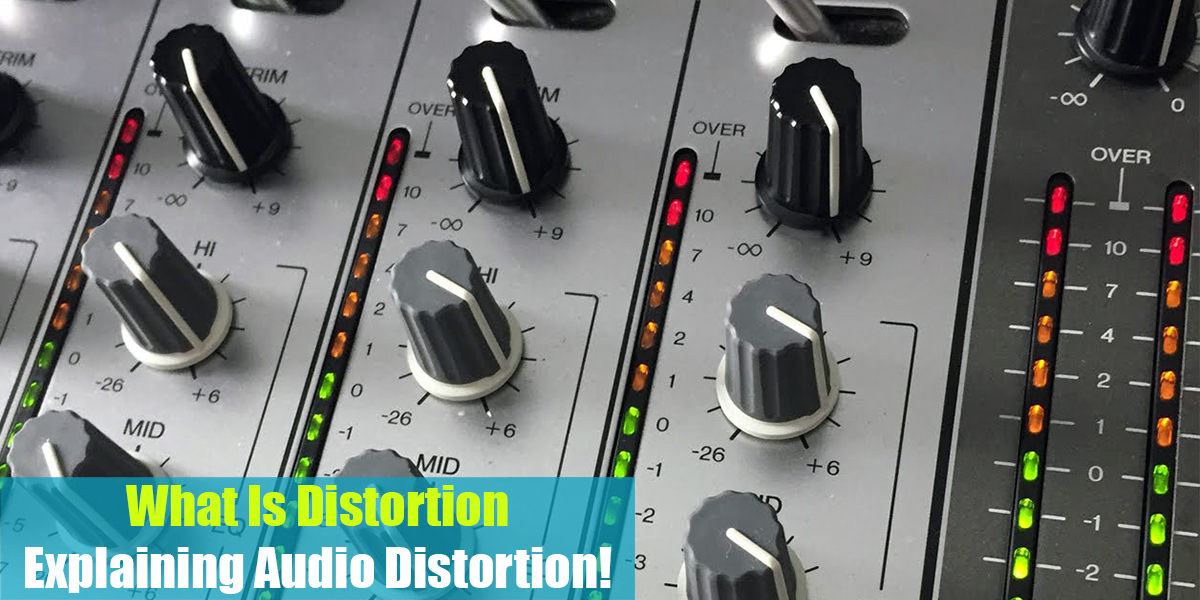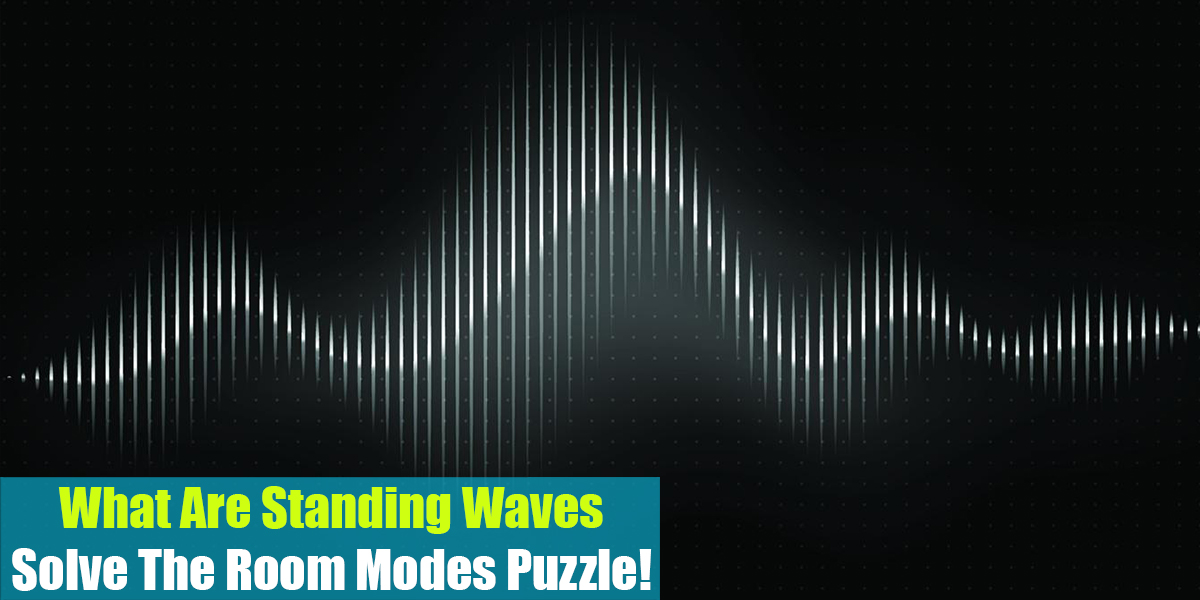How To Protect Your Audio Gear
Introduction
The thrill of buying new studio equipment and audio gear is excellent, no matter if you are a new or old engineer – it will still be there. It doesn’t matter if you already have better units than the current one, every little new piece is a new way to improve and experiment in music.
And suddenly, one day, some of the units stopped working. Heartbroken we become. Well, there are several ways that you can take in order to protect your gear from any harm and keep it as long as possible.
In this article, we are going to go over several ways to protect your equipment and be happy with it for a long time. Let’s jump into the topics.
1. Cleaning and Dusting
The point might seem obvious, but how often do you forget to dust your speakers or clean your microphone’s head? Equipment, especially audio equipment, is damaged by dust. In audio equipment, dust is easily able to enter cracks and openings, damaging sensitive electronic components within. For this reason, it is important to dust them regularly.
Keeping your audio mixers, speakers, and other audio equipment in good working condition is as simple as turning off the knob after each use. It is also possible to wipe your equipment gently with a damp towel soaked in water instead of using chemicals.
We are not going to extend the topic of cleaning too much since you should already be aware of this process, but it is worth mentioning. Our suggestion is to use deck savers for the gear, or just cover them with a cloth after you use them to avoid any dust settling on them.
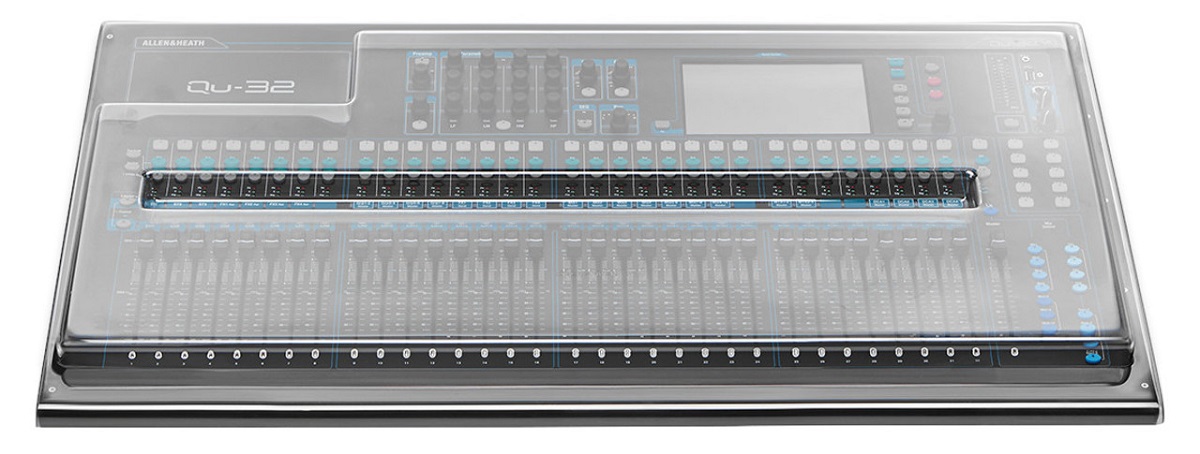
2. Try Not To Stack Components
Audio equipment should not be stacked on top of one another. This is particularly true if the equipment is contained within a small space in which there is no continuous flow of air.
A large amount of heat is generated by audio equipment. It is very easy for heat to transfer between components when they are all touching. In some cases, this can result in the equipment overheating beyond its safety threshold, causing damage to the sensitive electronics. Therefore, when using a rack mounting system, ensure that each other connected device or piece of equipment is adequately spaced apart.
We recommend using spacers between the pieces of equipment if they are placed within an entertainment center or cabinet. In order to prevent the heat from transferring as well to each device inside, try using some type of thick plastic or rubber. It is important to keep in mind that heat is one of the most critical issues when it comes to most equipment, especially when it comes to smaller devices that do not have fans.
It is recommended that components be given about 2 inches of space on all sides, that holes be drilled in closed cabinets to allow airflow, and that the components that are the most heated be stacked on top of the rack of equipment. The addition of a cabinet fan or component fan may be necessary for certain situations.
In this case, also you can try out fans that can be placed and turned on to ensure great airflow and avoid the heat staying in one spot. You can do this on your own or purchase professional fans. The only thing you need to take care of is that they are very quiet to non-audible and that are doing the job properly.
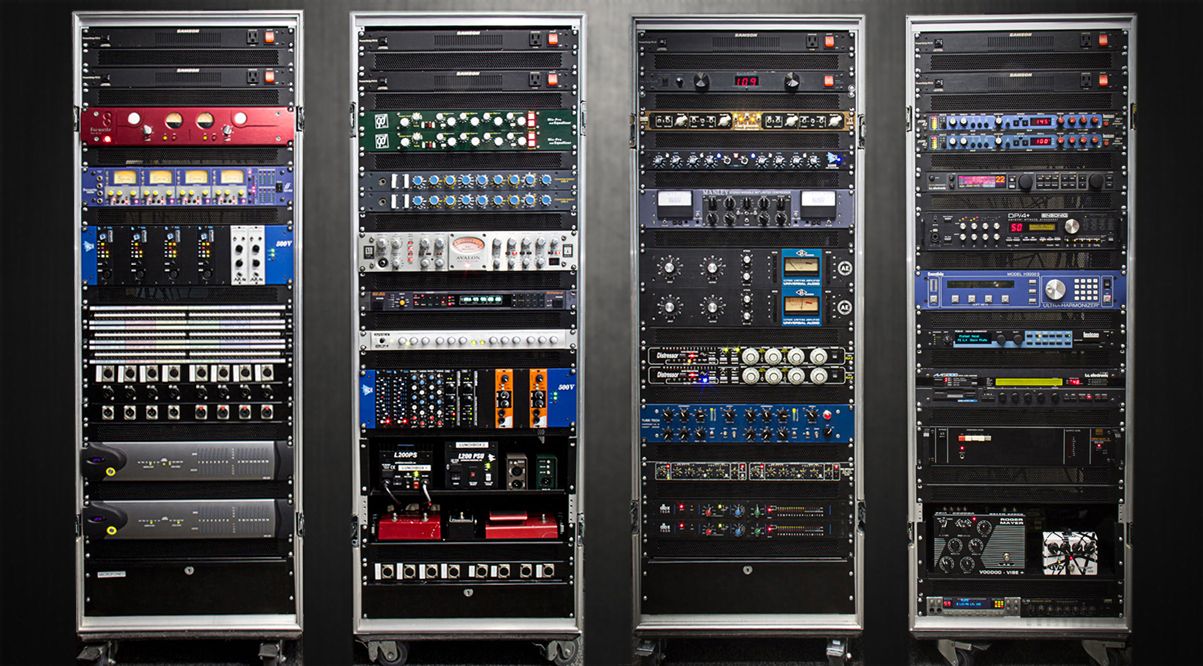
3. Surge Protectors
Quite simply, a power surge occurs when there is an irregular spike in the voltage on a line (flowing from an outlet). As a result of these dirty power surges, your valuable equipment may be damaged or even destroyed if they occur at a rapid pace. For this reason, you might need several units to protect your gear, such as surge protectors.
It is more common to encounter smaller spikes, which will not damage your equipment immediately, but they will ultimately shorten its lifespan. The following two units will assist you in preserving your equipment:
UPS: Uninterruptable Power Supply is essential to any well-protected system since it can prevent power surges, outages, and brownouts, as well as protect against voltage spikes and surges.
A quality UPS is highly recommended at critical locations, and we would recommend a double-conversion UPS for highly sensitive audio systems because it can effectively remove harmonic distortion and electrical line noise that may not be eliminated by a line-interactive UPS.
Of course, double-conversion is more expensive, but consider the following question: Which is more expensive to replace, a UPS or a rack of $10,000 equipment?
Power Conditioners: AV equipment can suffer from deterioration over time due to tiny dips in voltage that cause small amounts of damage due to power fluctuations. This is often the case when power is (and often is) a dirty thing.
It is important to do some research before purchasing a power conditioner, as there are a variety of quality levels available. Our personal experience with one is that it has not yet been damaged by a surge and we have one at all times protecting the high-end equipment
Do not save money on a surge protector, and don’t always settle on one surge protector or the cheapest option like with power strips (not that they are not good) or a protected wall outlet. Power spikes can damage your gear with the incoming voltage and power conditioning at this stage is very important.
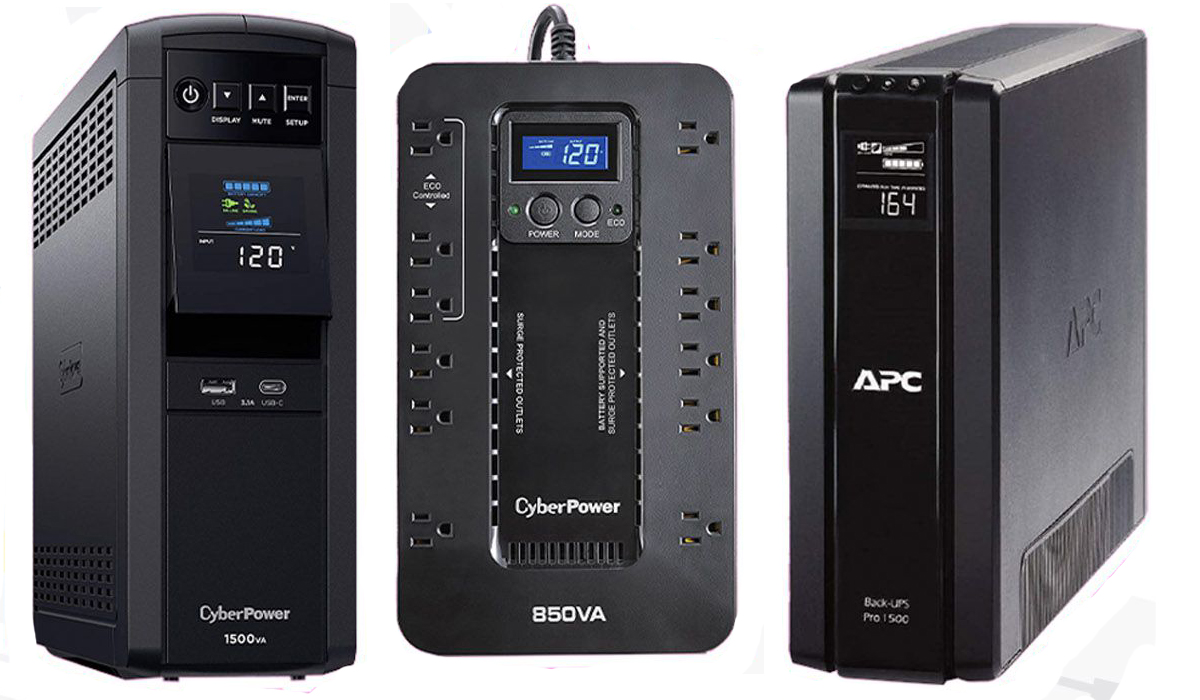
4. Safe Volume Levels
It is common for a person to damage their speakers or even a receiver by turning the volume up too loud. The internal components of speakers are only able to handle a certain amount of power. If an excessive amount of power is output, the speakers may become damaged. Receivers, on the other hand, are only intended to deliver sound with a limited amount of power.
One receiver can provide sufficient power for a large speaker system with seven speakers. It is possible for the receiver to become clipped if the maximum volume level used is turned up too high. As a result of overdriving an amplifier, it tries to produce a higher voltage or current than it can handle. When a receiver transmits more power than it is capable of handling, it is said to be overloaded.
It is possible for clipping to occur in two ways. First, the receiver is overheating as a result of excessive usage. Two, a speaker may be overpowered by too much power to the point of overheating the tweeters and irreversibly damaging the speaker. Both outcomes are undesirable since they require that either the receiver or speakers be replaced.
Check our article on Audio Distortion here!
5. Maintenance
It’s not fun to hear this, but if you run high-voltage power in your house, make sure you use a licensed electrician. In some countries, this is even a necessity since you will be prohibited by law to do your own electrical maintenance for the sole purpose of your safety and to avoid any electrical fire.
There is a danger associated with high-voltage power, and it should be handled carefully. You should hire a professional electrician if you are unsure of what you are doing. There is a possibility you will be able to save yourself a lot of headaches and trouble in the future if you do this.
Additionally, if you are experiencing problems with your home theater equipment tripping breakers, it is best to hire a professional. You can have them come out and advise what is needed to ensure your home theater system always has enough power, whether that is installing a higher amp breaker in your electrical panel or running a dedicated line for your system.
Conclusion
We think we have covered the most common damage issues (dust, humidity, heat), but there are many other ways to damage your gear. Ensure your listening environment is optimized by setting up and placing your equipment properly.
A little budget should also be devoted to improving the acoustics of the room and power protection. Follow these steps to extend the life of your gear and enjoy better sonic quality.
If you are having any questions in regard to the topic we covered here, please let us know in the comments below and we can go over your points together and find out a solution to preserve a sound quality and safe environment for your equipment.

